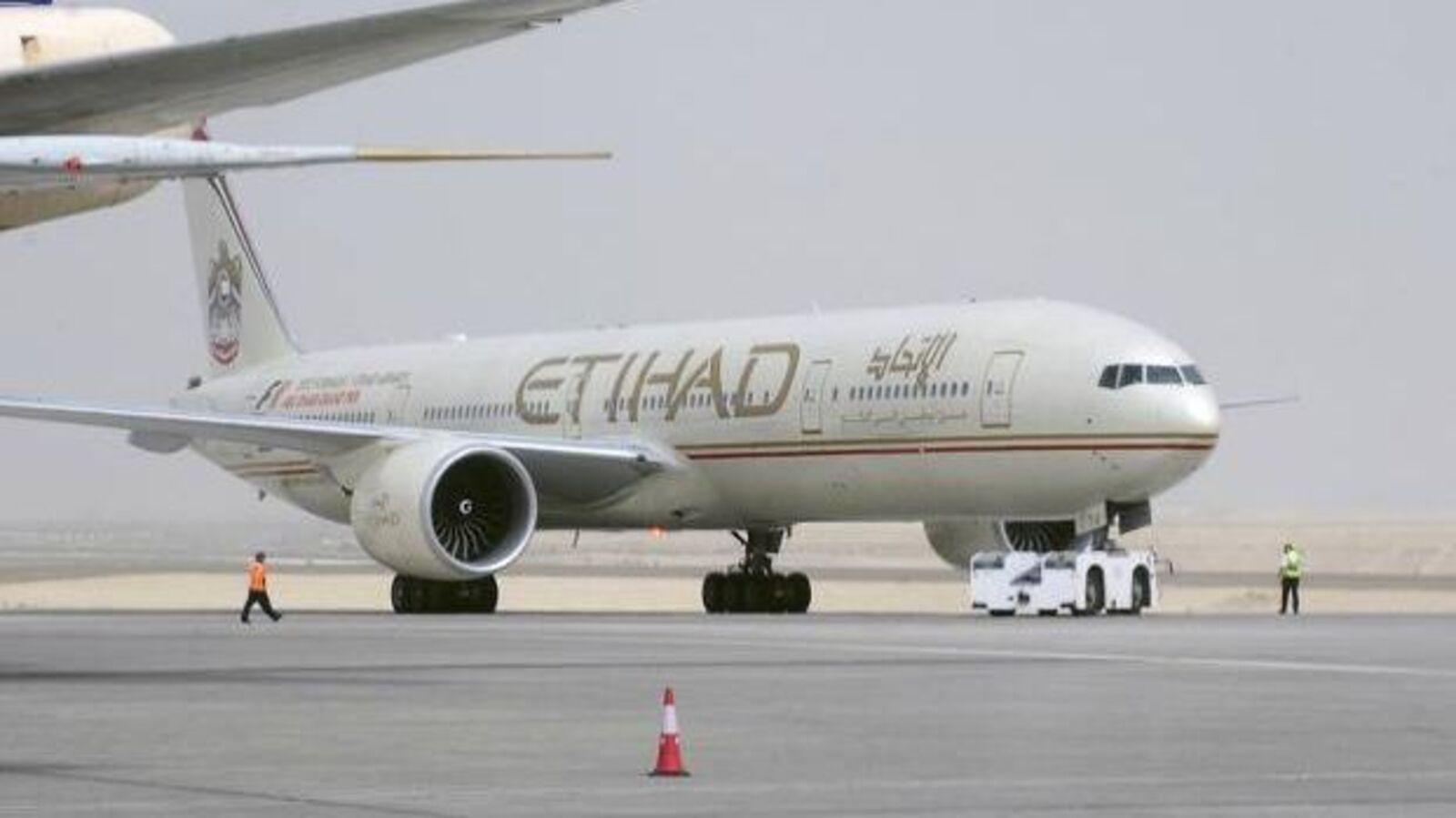India’s aviation market continues to draw interest from global stakeholders as top executives see the potential to unlock demand in metros and tier-2 cities on the back of a strong air-travel sentiment and a fast-growing economy.
The cumulative order for more than 1,600 aircraft by IndiGo, Air India and Akasa since 2023 is expected to further expand India’s international footprint, and domestic carriers have often highlighted the role of tier-2 and tier-3 markets in this trajectory. Now, global airlines are also lining up to tap the potential in smaller cities.
Last week, Etihad launched four weekly flights to Jaipur. And Saudi carrier Riyadh Air, which is set to launch in 2025, has also firmed up plans to begin flights to India by 2026. So far, the airline has ordered 39 Boeing 787-9 aircraft, with an option for 33 more.
“India is in our top three target markets of the world; it is a massive opportunity. We see potential and opportunity in the secondary cities. We have also seen affluence increasing – people have more money to travel. The future is very clear,” Jonathan Pollard, chief commercial officer of London Gatwick Airport told Mint.
The airport, which currently serves 24 Air India flights a week, has also begun talks with India’s largest airline IndiGo, which placed an order for 30 wide-body aircraft in May. “We are aware of IndiGo’s wide-body order. Naturally we will be making a case to IndiGo and others who have the capacity, to fly to London. The team has also engaged extensively with Air India to understand what capacity may be available for flights to Gatwick,” he added.
Aviation sector has soared since covid
India’s international aviation market has received a major boost in recent times thanks to aggressive expansion efforts by carriers such as IndiGo, Air India and Vistara since covid-related restrictions were eased in March 2022.
According to data from the Airports Authority of India, the number of international airports in the country rose from 35 in March 2019 to 40 by March 2024. International traffic at Indian airports increased 22% year-on-year to 69.64 million passengers in FY24 while domestic traffic grew nearly 14% to 306.8 million.
Adam Boukadida, Riyadh Air’s chief financial officer, said, “India is an important market for us. We will use both wide-body and narrow-body aircraft for this market. For us, partnering with Indian carriers will also be important for depth of network so we will be partnering with Indian airlines to connect more cities. We hope to connect India within 12 months of our launch so it should happen during 2025-26.”
Chai Eamsiri, chief executive of Thai Airways International, said, “In terms of the number of cities we service, India is our biggest market. We already fly to all the major cities and have a plan to operate in secondary cities. We have to wait for the new narrow-body aircraft for that.”
General Willie Walsh, director of the International Air Transport Association, said at the IATA Aviation Summit at the start of June, “I am hugely optimistic about the opportunity in India. I am amazed with how much potential exists here. In 2000, the Indian domestic market represented 0.4% of global aviation; last year it was 1.8%. It is growing quickly. [The potential] will only be unlocked with the right government policies and I suspect this will happen in time.”

